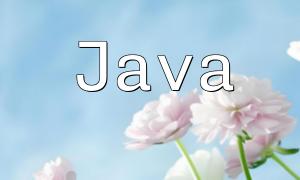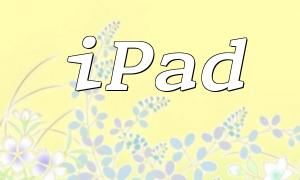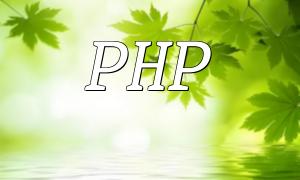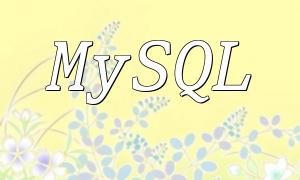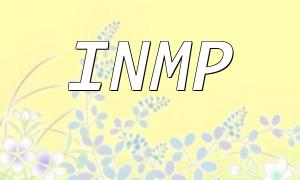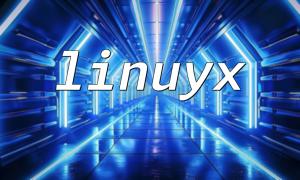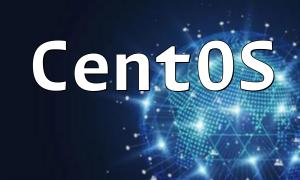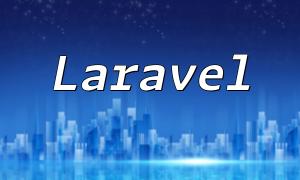Laravel is an open-source PHP framework designed to simplify web application development. It follows the MVC (Model-View-Controller) architecture, enabling developers to build well-structured and maintainable applications. With its elegant syntax and rich built-in features, Laravel significantly improves development efficiency.
Laravel offers a variety of powerful features. The key highlights include:
Laravel's routing system is flexible and easy to manage. Developers can effortlessly define URL structures and map them to corresponding controllers and views. For example:
Route::get('/users', 'UserController@index');This simple routing definition makes managing application paths intuitive and efficient.
The Eloquent ORM simplifies database operations greatly. Using straightforward syntax, developers can perform CRUD operations without writing complex SQL. For example, inserting user data can be done as follows:
$user = new User(); $user->name = 'John'; $user->save();This approach makes data manipulation simple and maintainable.
Laravel allows the use of middleware to handle HTTP requests, enhancing the security and modularity of applications. For instance, middleware can be used for authentication:
Route::middleware('auth')->group(function () { ... });The flexible design of middleware improves code organization and scalability.
Laravel includes the Blade template engine, which supports clean and concise syntax to improve code reuse and readability at the view layer. An example Blade view definition is:
@extends('layout') @section('content') Hello World @endsectionThis template structure facilitates easier maintenance and extension of views.
Laravel’s rich features make it suitable for various application scenarios, including:
With robust security mechanisms and sound architecture, Laravel is well-suited for developing enterprise-grade applications that demand high performance and maintainability.
Laravel’s flexibility and scalability make it an ideal choice for building e-commerce platforms, enabling developers to implement complex product management, shopping carts, and payment systems with ease.
Leveraging Laravel’s straightforward routing and view management, developers can quickly create feature-rich content management systems to efficiently generate and manage content.
This overview of PHP Laravel’s features and applications demonstrates how Laravel not only reduces the complexity of web development but also provides strong support for diverse application needs. Whether for enterprise solutions, e-commerce, or CMS, Laravel empowers developers to deliver efficient and stable projects. Hopefully, this article helps deepen your understanding of Laravel and advances your development journey.

